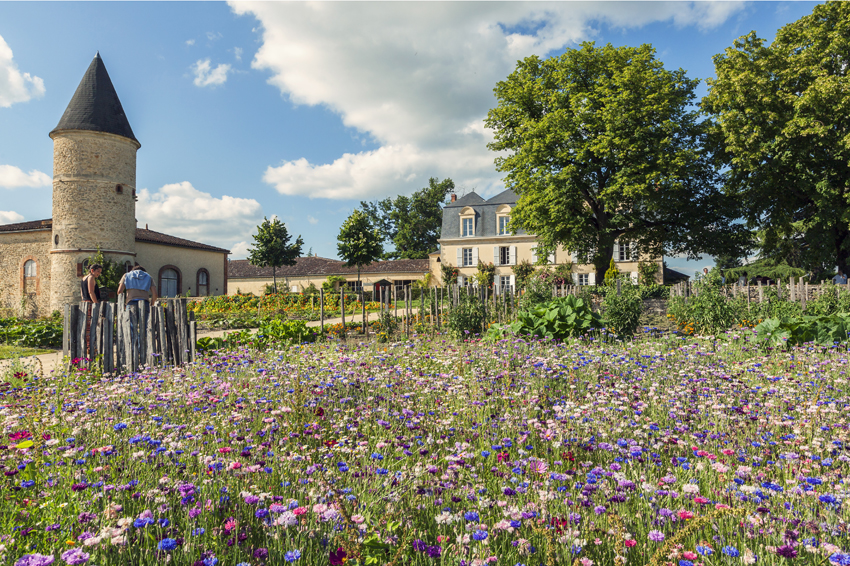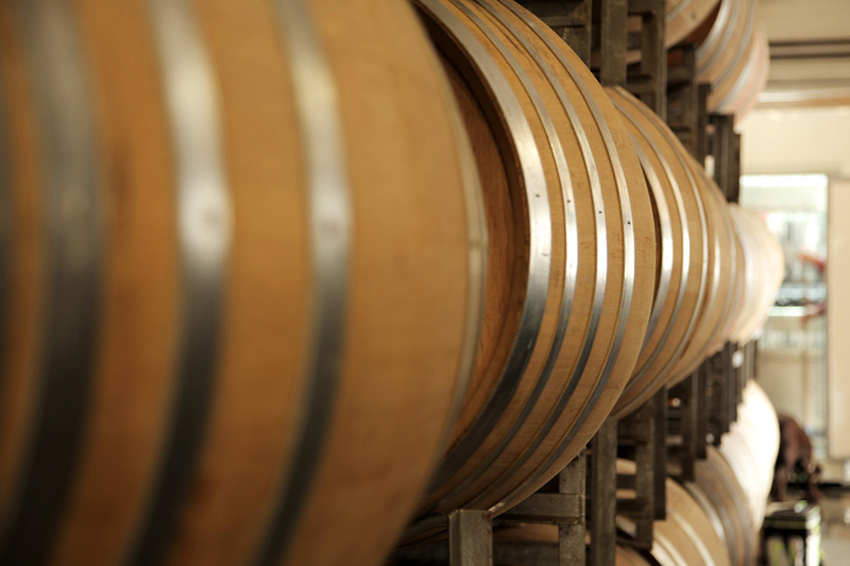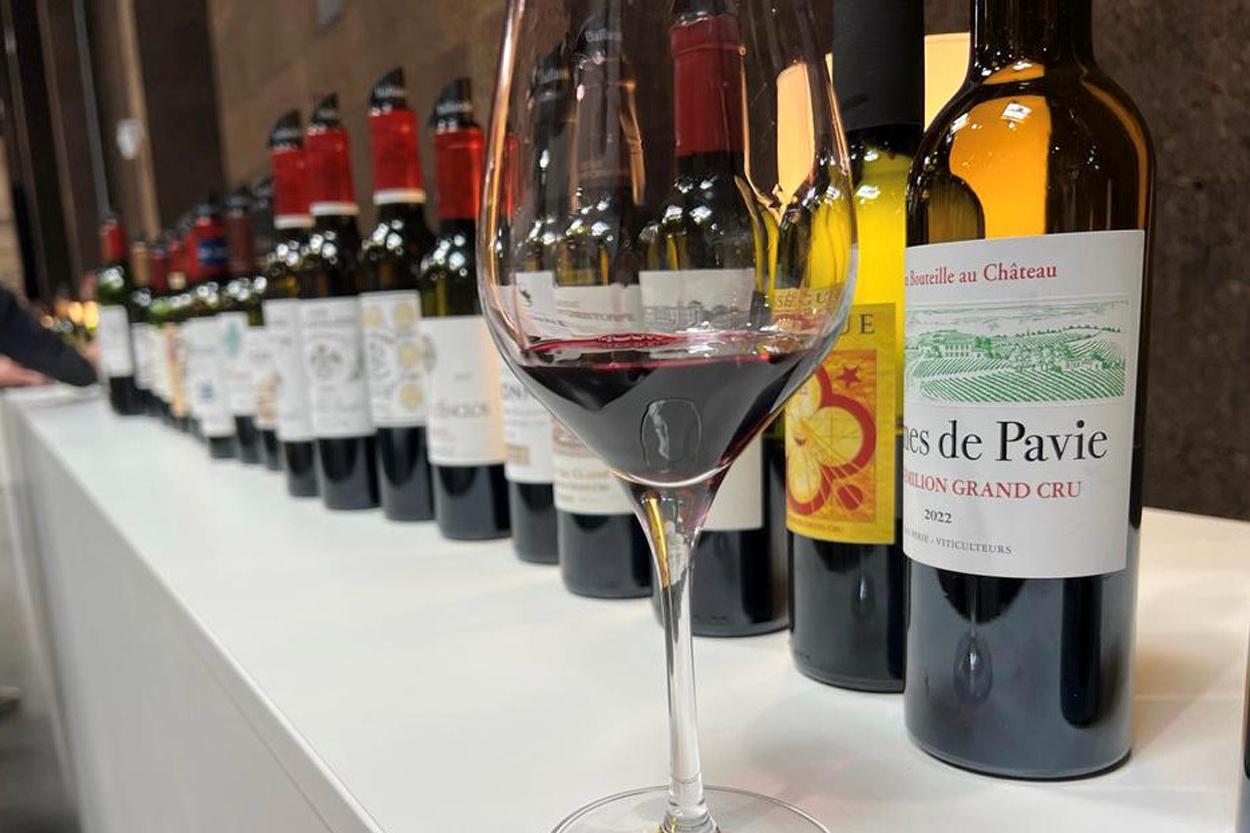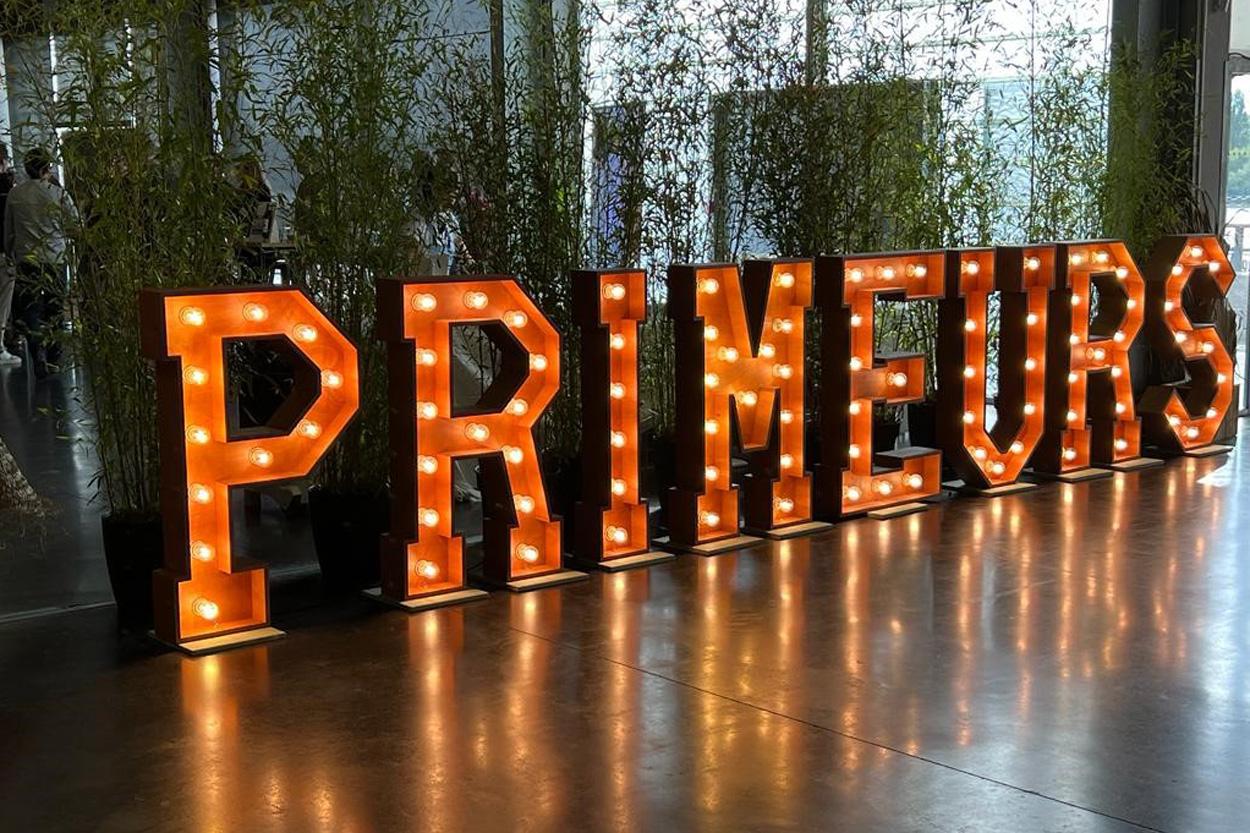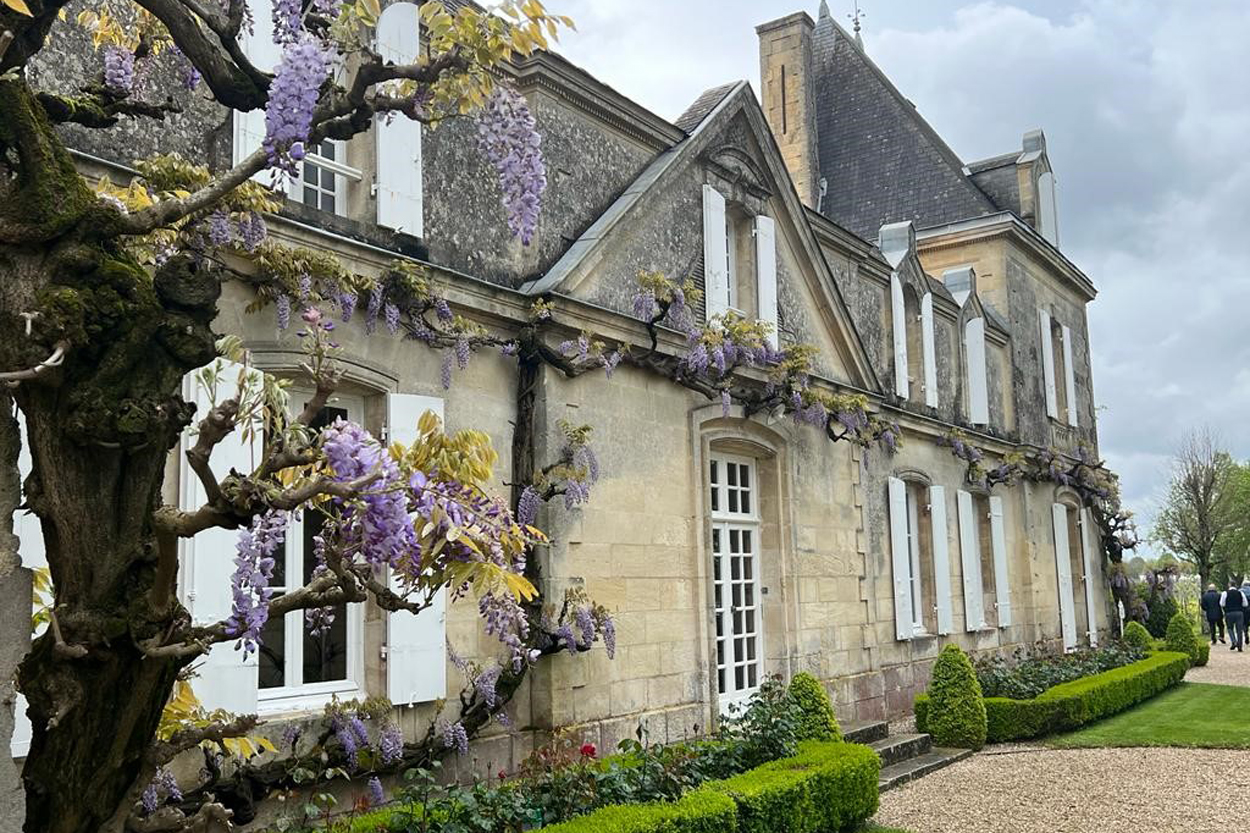Bonjour tout le monde!
As you read this and take the first sip of your morning coffee, we are en route to Manchester Airport for the next chapter of our annual Bordeaux pilgrimage and another intensive week of Châteaux visits with the Union des Grands Crus (UGC) to taste the 2022 vintage from barrel.
Believe me, Bordeaux En Primeur is not for the faint-hearted; the days are long (we often taste 7am to 7pm) as we navigate a sea of Claret… it is no exaggeration to say that we can easily sample 120+ wines per day! Métro, Boulot, Dodo as the French say. Nonetheless, it is as always, a great privilege to be headed back for Primeurs and to see our Bordelais friends and colleagues once more. We have rented our customary chalet at Bordeaux Lac next door to my long-term mentor, and celebrated Bordeaux Wine Guru: Monsieur Bill Blatch.
It is imperative to remember that each vintage is truly unique, and Bordeaux has been blessed with a run of great vintages over the last decade or so (2010, 2015, 2016 closely followed by famous 2018-2019-2020 trilogy). And so, as we prepare for boarding, we pose ourselves the usual questions: What can we expect from the 2022 vintage? Did the Left or Right Bank fare better? Can it be compared to any of the recent great vintages?
In a nutshell 2022 was a complicated vintage, yet one that has, surprisingly, the potential for greatness. To begin, winter was cool, yet remarkably dry with lower-than-average rainfall throughout both January and February. It was the significant rainfall that came in December 2021, which created the much-needed reserve table for the coming months, and ultimately saved the vintage.
Moving into Spring bud-break occurred early (as it increasingly does), and so many appellations and producers did not suffer damage from the early frosts throughout the nights of 3rd, 4th, and 5th April. There were of course some producers whose vineyards were damaged, but this was limited and highly localised to the appellations of Castillon (-7°C), Lalande-de-Pomerol (-5.3°C), and Sauternes (-5°C).
Flowering occurred in May (around 10 days earlier than normal) without any major causes for concern. However, the plummeting lows of April there were countered by historic highs in May; the hottest on record for twenty-five years and such a swing was an early sign of the erratic climatic shifts that lay ahead. June followed along with two intense downpours providing a welcome respite from May’s heat spikes, providing the water didn’t evaporate before the vines could absorb it, or it was lost as run off due to the arid soils.
July and August were extremely hot and dry; there were three heatwaves (peaks of 40°C), and less than 10mm of rain from the beginning of July until the end of August. This resulted in there being little to no disease pressure, however hydric stress was evident, and many vines simply shut down as a natural form of protection (indeed younger vines with shorter root systems suffered most). Nevertheless, relatively cool nights, retained much needed freshness and acidity. As we all know there were devastating forest fires too throughout the summer; yet thankfully they didn’t reach any vineyards, and the threat of smoke taint has so far not been detected in the wines.
Unsurprisingly harvest came early (the earliest on record by 15-20 days) starting with Sauvignon Blanc and Semillon for dry whites, which were picked mid-August and focused on aromatic retention, whilst balancing sugar and alcohol levels. The harvest for reds also commenced at the end of August with Cheval Blanc leading the way with Merlot; whilst other estates waited throughout September and into October for all four main varietals picking at optimal ripeness levels yet monitoring freshness, tannin, and alcohol levels.


In Sauternes-Barsac, more or less perfect conditions took place in September allowing for generous Botrytis development, which permitted four to five tries (passes) through the vineyards right up until the end of October to pick bunches with excellent concentration.
Overall, the word on the grapevine is that the Bordelais are extremely pleased with the resulting wines; even the Conseil Interprofessional du Vin de Bordeaux (CIVB) has described in its latest report as a “promising vintage”. Overall, it is too early to comment, however, initial accounts from the Châteaux indicate that despite a complicated growing season, wines have generous aromatics as well as impressive concentration, and purity of fruit as well as integrated, rounded tannins. Nevertheless, we anticipate stylistic differences and varying quality levels between appellations and Châteaux, and therefore it is paramount to taste the wines ourselves, allowing us to independently analyse and assess the vintage.
Now more than ever, it is up to us – especially in years as complex as 2022 – to fill our glasses and discover what the 2022 vintage is all about. Where the value is, and what we believe are the best buys of the campaign. As Sarah McCleery (The Wine Buyer) stated recently after tasting the new vintage in London with the Grand Cercle des Vins de Bordeaux “2022 is going to be giving the Bordelaise plenty to smile about for many years to come. The challenges of the vintage certainly brought about tense moments and plenty for the winemakers to worry about, but the results are terrific.”
With that in mind, we are due to land at Bordeaux-Mérignac Airport at 13h30 this afternoon, where we will head straight onto La Rocade as we make haste for Bordeaux Lac and our eagerly anticipated (and now famous!) annual traditional meal of “Sauternes et saucissons” chez Bill… Allez-hop, et à bientôt!
Do follow our progress on Instagram and if you haven’t already, sign up to our En Primeur reports via our daily free newsletter subscription. Simply email wine@bcfw.co.uk and request to be signed up to En Primeur campaign updates.

